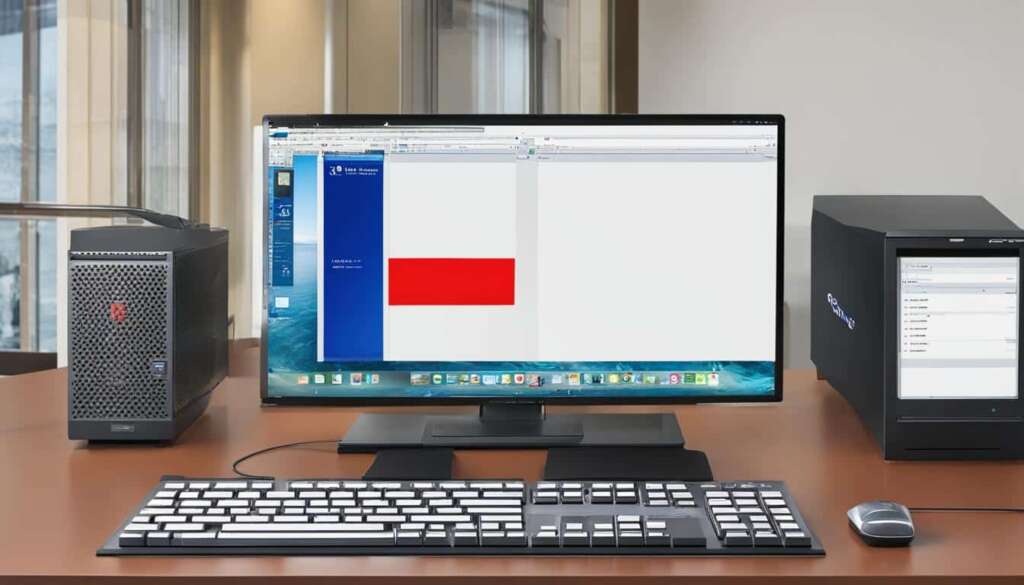Table of Contents
Factory resetting your PC is a convenient option when you’re experiencing issues with your Windows computer, such as slow performance or a malware infection. Before performing a factory reset, make sure to back up your data to avoid losing any important files.
The built-in method in Windows 10 and 11 provides an easy way to factory reset your computer. To access this option, go to Settings > Update & Security > Recovery. You can choose to keep your files or remove everything, depending on your needs.
Additionally, you can reinstall Windows using either a local method or a cloud download. Once you’ve selected your options, confirm the reset and wait for the process to complete.
Follow this guide to factory reset your PC quickly and easily, ensuring a smooth experience and the resolution of any persistent issues.
How to Factory Reset Windows 10 or Windows 11 Using the Built-In Method
Factory resetting your Windows 10 or Windows 11 computer is a straightforward process thanks to the built-in method provided by Microsoft. By following a few simple steps, you can easily restore your PC to its original state.
Step 1: Access the Reset Option
To begin the factory reset process, navigate to the “Settings” menu on your computer. You can access this menu by clicking on the Start menu and selecting the settings gear icon. Alternatively, you can use the keyboard shortcut Windows key + I to directly open the Settings app. Once the Settings app is open, click on the “Update & Security” option.
The built-in method provided by Microsoft allows users to easily factory reset their Windows 10 or Windows 11 computers.
Step 2: Choose the Reset Option
Under the “Update & Security” tab, click on the “Recovery” option located on the left-hand side of the screen. This will open the recovery settings for your PC. In the “Reset this PC” section, click on the “Get started” button to initiate the factory reset process.
Step 3: Select Reset Preferences
After clicking on “Get started,” you will be prompted to choose one of two reset options: “Keep my files” or “Remove everything.” Selecting the “Keep my files” option will reset your operating system settings while retaining your personal files. On the other hand, choosing the “Remove everything” option will erase all data and restore your computer to its original state.
Further options include the ability to reinstall Windows using a local method or a cloud download. Take the time to review these options and customize them according to your preferences and requirements.
Step 4: Confirm the Reset
Before proceeding with the factory reset, ensure that you have backed up any important data or files as they will be permanently erased. Once you are confident that you have everything you need, click on the “Reset” button to confirm the factory reset. Windows will then initiate the process, which may take some time depending on the speed and specifications of your computer.
“By following these simple steps, you can use the built-in method provided by Microsoft to factory reset your Windows 10 or Windows 11 computer and start afresh.”
Reinstall Windows Manually Using Windows Installation Media
If you prefer to reinstall Windows manually or if you’re not using Windows 10 or 11, you can use Windows installation media. For Windows 10, you can create a bootable USB drive and follow the installation process to erase your current installation and install a fresh copy of Windows.
If you’re using Windows 8.1, you can download the necessary files from Microsoft and burn them onto a USB drive or DVD. However, it’s important to note that Microsoft no longer offers an official Windows 7 download, so it’s recommended to upgrade to a newer version of Windows.
Keep in mind that the built-in method discussed in Section 2 provides a more convenient option for most users. However, if you prefer more control over the reinstallation process or if you’re using a different version of Windows, utilizing Windows installation media is a viable alternative.
FAQ
What is a factory reset?
A factory reset is the process of restoring a computer to its original state, erasing all data and settings.
When should I consider doing a factory reset?
You should consider doing a factory reset if you are experiencing issues with your Windows computer, such as slow performance or a malware infection.
How do I access the factory reset option in Windows 10 and 11?
To access the factory reset option in Windows 10 and 11, go to Settings > Update & Security > Recovery.
What are my options when performing a factory reset?
When performing a factory reset, you can choose to keep your files or remove everything, depending on your needs.
How can I reinstall Windows using a local method?
To reinstall Windows using a local method, you can create a bootable USB drive and follow the installation process to erase your current installation and install a fresh copy of Windows.
Is it possible to reinstall Windows if I am using Windows 8.1?
Yes, if you are using Windows 8.1, you can download the necessary files from Microsoft and burn them onto a USB drive or DVD to reinstall Windows.
Can I download an official Windows 7 installation?
No, Microsoft no longer offers an official Windows 7 download, so it is recommended to upgrade to a newer version of Windows.







